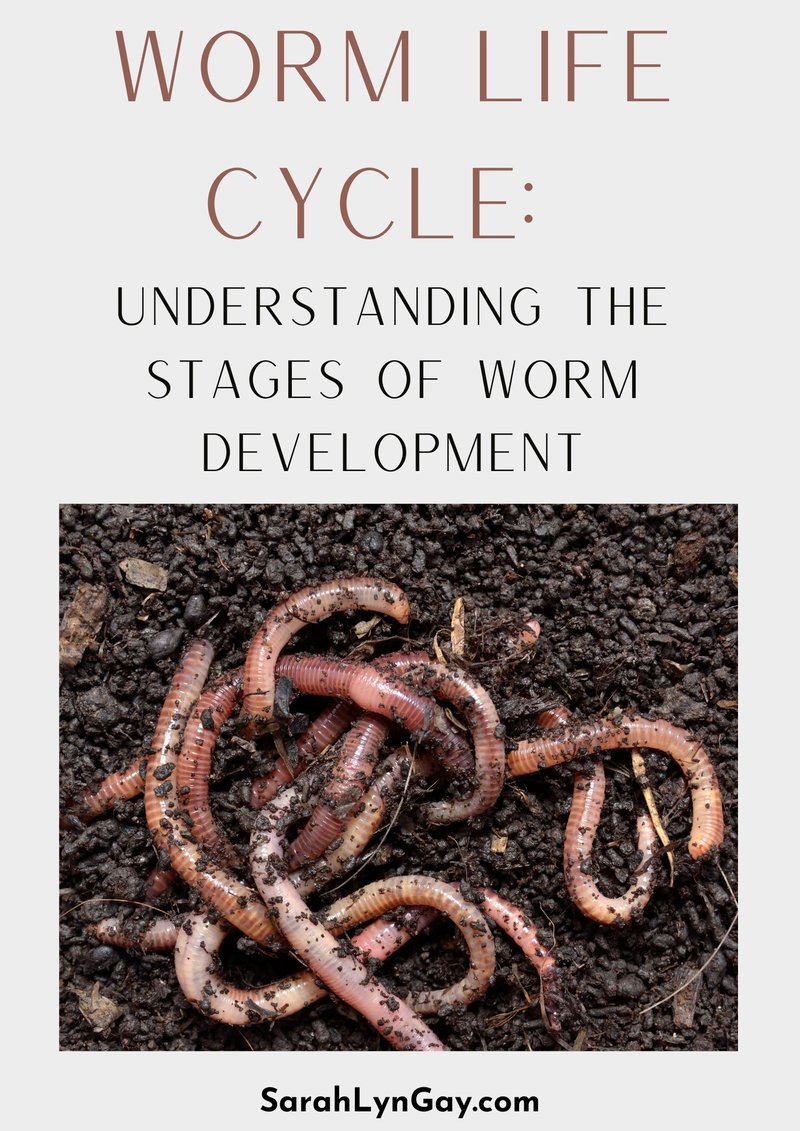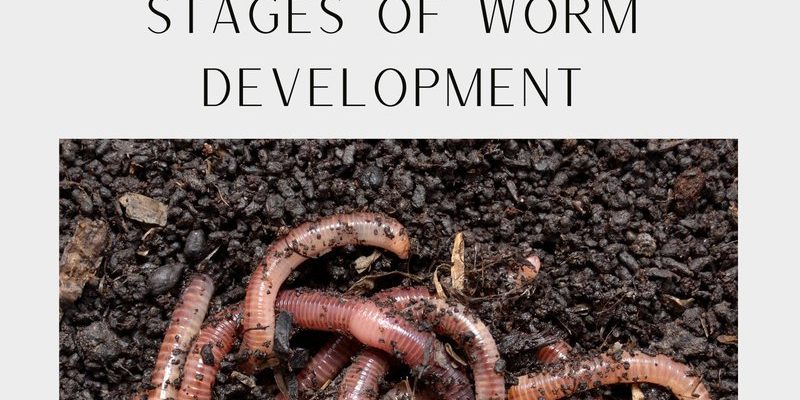
Segmented worms, also known as annelids, are more than just soil-dwellers. They play a critical role in aerating the soil and enhancing its fertility. Imagine them as nature’s little gardeners, working tirelessly underground. In this article, we will explore the different stages of their life cycle, from tiny eggs to full-grown adults, and check out their behaviors along the way. Ready to dig in? Let’s go!
What are Segmented Worms?
Segmented worms belong to the phylum Annelida. This diverse group includes familiar species like earthworms and leeches. With bodies made up of many segments, these worms have a unique structure that sets them apart from other invertebrates. Each segment serves a purpose—helping with movement and even aiding in reproduction. But what makes these worms truly special is their ability to adapt to various environments, from lush forests to barren soils.
One key feature of segmented worms is their soft, moist skin, which allows them to breathe through their bodies. That’s right! Since they don’t have lungs, they rely on skin for oxygen. But here’s the kicker: this moist skin makes them vulnerable to drying out. So, they need to live in damp environments to thrive. Who knew a simple worm could be so interesting, right?
The Egg Stage
The life cycle of segmented worms starts when they lay eggs. Most species mate in spring or early summer, when conditions are just right. After mating, the female segmented worm produces a cocoon where she deposits her fertilized eggs. This cocoon is tough yet flexible, providing protection to the developing embryos.
Inside the cocoon, the tiny worms grow, feeding off their yolk. This stage usually lasts a few weeks, but environmental factors, like temperature and moisture, can influence the timeline. Once matured, the hatchlings break free from the cocoon and wiggle their way into the soil. Imagine being a baby worm, emerging into the world for the first time—it’s both thrilling and a little scary!
Juvenile Stage
Once the baby worms hatch, they enter the juvenile stage. At this point, they are vulnerable and need to find food quickly to survive. Their diet mainly consists of decomposing organic matter, including fallen leaves and dead plants. This phase is crucial because it allows them to grow stronger and larger.
During the juvenile stage, segmented worms undergo several molts. Essentially, they shed their skin to accommodate their growing bodies. Each time they molt, they gain size and strength, preparing for the next step in their life cycle. You might be wondering how they manage to do this—well, their regenerative abilities play a significant role. If they lose a segment, they can sometimes regenerate it, making them quite resilient little creatures!
Adult Stage
When segmented worms reach maturity, they become adults. This stage marks the transition from growing worms to full-fledged members of their species. Adult segmented worms are usually capable of reproducing, completing a cycle that started with eggs. It’s fascinating to think that the very worms turning the soil now have the chance to contribute to the next generation.
Adult segmented worms can live for several years, depending on their species and environment. They tend to be more active at night when temperatures drop and humidity increases. Why is this significant? Well, being active during cooler hours helps them avoid drying out while foraging for food. Just imagine being an adult worm, stretching out in the cool earth, doing what you do best—tilling the soil!
Behavioral Characteristics
Segmented worms exhibit some captivating behaviors that help them thrive in their environments. Their movement is a crucial aspect of their survival. Using tiny bristles, or setae, on each segment, they can grip the soil and contract their muscles to move forward. It’s like they’re crawling through a giant, cozy blanket of dirt!
Another interesting behavior is how segmented worms react to light. They tend to shy away from bright areas, as light can cause them to dry out or expose them to predators. This is why you’ll often find them digging deeper into the soil during the day. They also communicate through chemical signals—subtle cues that help them find mates and establish territory.
Role in the Ecosystem
Segmented worms are vital players in the ecosystem. Through their burrowing activities, they aerate the soil, allowing air and water to penetrate deep into the ground. This helps maintain soil health and fertility, encouraging plant growth. Plus, their feeding habits contribute to nutrient recycling by breaking down organic matter.
These worms also serve as a food source for various wildlife, including birds, rodents, and even some reptiles. So, they are not just busy beneath the surface; they also play a critical role in the food web. It’s easy to take them for granted, but without segmented worms, our ecosystems would face significant challenges.
The life cycle of segmented worms—from tiny eggs to mature adults—is a remarkable journey filled with growth and adaptation. Their behaviors and roles in the ecosystem highlight their importance, not just as individuals, but as a crucial part of our world. Next time you see a worm wriggling in the dirt, remember that it’s not just a simple creature; it’s a resilient survivor playing its part in the grand scheme of nature.
So, the next time someone asks you about segmented worms, you can share their fascinating life cycle and behaviors. It’s a little reminder that even the smallest creatures have an important role to play. Let’s keep appreciating these unsung heroes of our soil!

